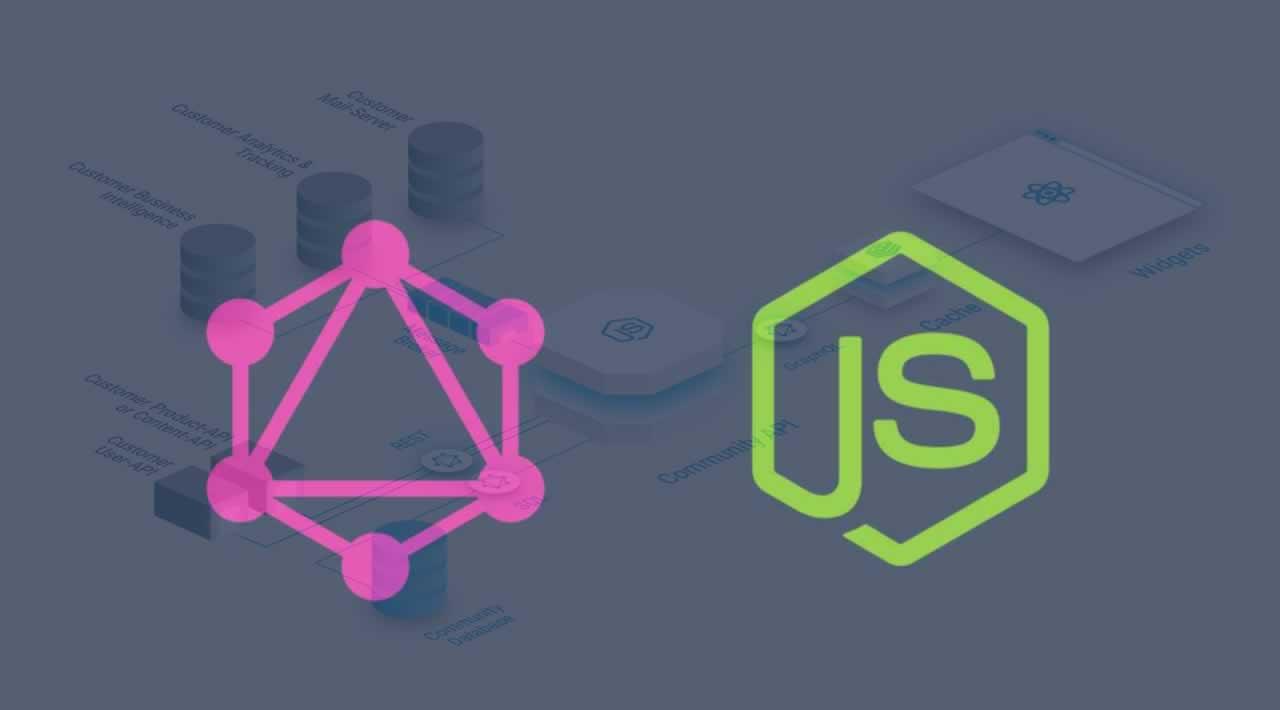GraphQL is a query language for APIs that provides a clear description of the data and allows clients to specify what data they need, Benefits of using GraphQL include: reduced overhead,improved performance, and reduced risk of potential errors as the API evolves. If the API enhances its functionality, existing clients won’t be affected unless they want to opt in to the new features.
Clients can also obtain many resources with a single request. Typical REST APIs require the client to query multiple resources as more details are required. If, for example, a user needed information about a book, the client would reach out to a book endpoint. If the client then required more information about the author of that book, he/she would need to query the author endpoint. With GraphQL, this can be summarized in one request to the GraphQL server.
Express is one of the most popular Node.js frameworks today. Clean and simple, it offers high performance and rapid development. In this tutorial, you will learn how to implement a GraphQL API into your Express server. You will use the npm packages provided by the GraphQL to create a new endpoint where queries can be sent. Then you will implement those queries in your Express server and return the requested data.
You will also need to ensure that your API is protected by proper authentication. For this task, you will use Okta’s easy and secure Single Sign-on provider to create an authorization server. This server will supply the client with a JWT that can be validated by the Express server to ensure the user has permission to access the API. To validate the token, you will use Okta’s jwt-verifier. This library from Okta makes authenticating the requests to your GraphQL server quick and painless.
#graphql #api #node #javascript #developer
